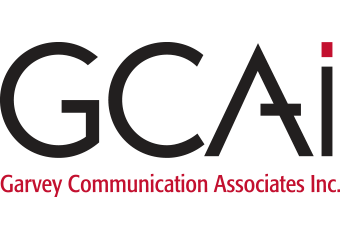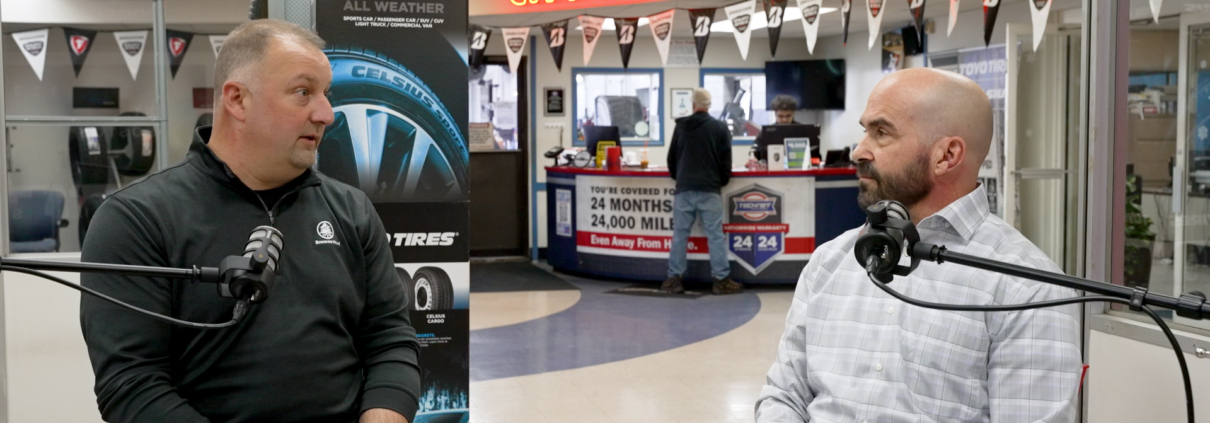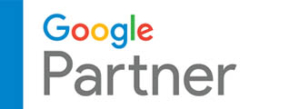Five Keys To Supercharging Your Video Podcast Performance
Have you ever traveled over the Sagamore Bridge to Cape Cod just before the 4th of July? Keep that image in your head because that is what brand video podcast traffic is like today. Just about everyone is driving one, and they all want to get to the same destination—into their audience’s hearts and minds.
We are currently producing video podcasts for two clients. The first is a large financial services company looking to engage internal audiences. The second is City Tire and Auto Centers, which currently has 11 stores in three different states. The results of City Tire’s video podcast campaign are particularly impressive. The podcasts produced in support of the Keene, NH and Great Barrington, MA stores generated approximately 55,000 engagement actions and 2,500 link clicks for the two weeks they were in market.
| Keene NH, David Hadden | Seward’s Tire, Matt Buffoni |
|---|---|
That performance data, which we replicated in another market simultaneously, proves that the following five rules apply to the production and dissemination of video podcast content.
- Quality content counts. City Tire’s video podcasts perform because they feature recognized experts providing quick and helpful information. Audiences gobble that up.
- Quality production is critical. Too many brands think the video podcast is a way around the quality production threshold. Wrong. To get the high-quality content we seek, we use 4k cameras – three generally, including our two Canon G7x cameras designed explicitly for vlogging. One camera is mounted to a mechanical slider so we can add a hit of movement that captures attention. Finally, we light and use lighting very carefully. It’s time to throw that ring light in the trash because it screams “amateur,” and look it.
- Let’s have a serious conversation about sound, particularly podcast mics. They are not props and should not be the most prominent thing in the shot. And for goodness sake, don’t cover your hosts’ and guests’ faces with them. You’ll notice we use them in active, kind of noisy settings because that’s what they do well. They also create flexibility regarding where we can shoot.
- Again, we go primarily for active and exciting settings, so all the equipment used is to maximize the potential of that space. For City Tire, we shot right in a waiting room, not an antiseptic conference room. Also, there were no couches or puffy chairs. We used special stools so that those interviewed sat up straight, engaging their core and maximizing their delivery potential.
- Optimal Length: “Begin with the end in mind,” Digital dissemination director James Garvey insists. He knows that these videos are not going to just sit on a website or YouTube. James builds campaigns to deliver this high-quality content right to the consumers’ door. To optimize that potential, the video podcasts are purposefully short—under 60 seconds. We use viewer feedback data as well as the potential of the dissemination platform to govern optimal video length.
Thank you to Peter Greenberg, president of City Tire, for letting us look under the hood of the engine that drove such impressive campaign results.
Production Credits: Nathan Dion, Director of Photography & Editor; Myranda Nasworthy, Second Camera and Grip; John Garvey, Producer.





